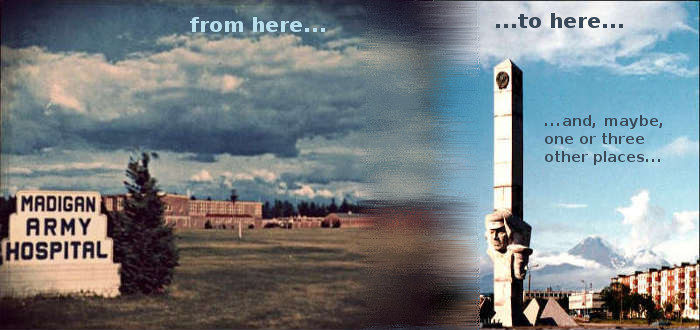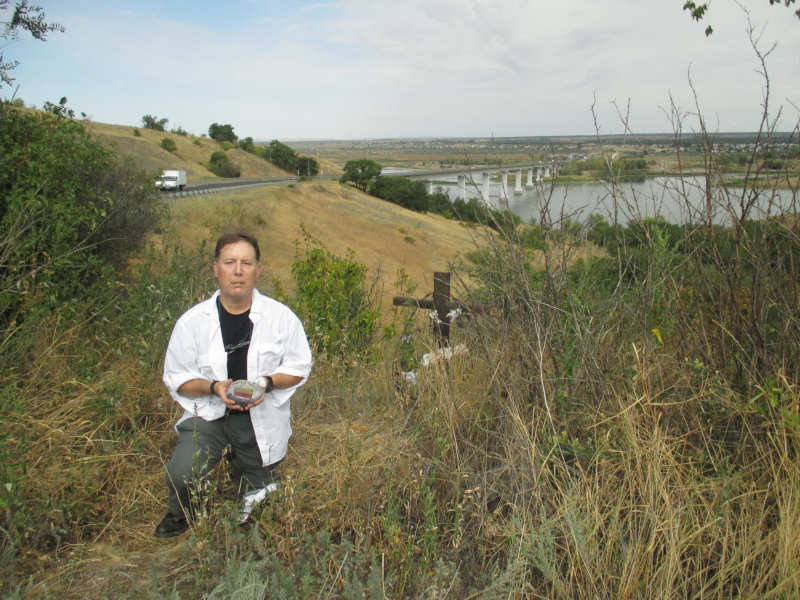Where the Red Army turned the tide of the entire World War-- more than the Great Patriotic War-- permanently toward worldwide allied victory
“The huge bridge [over River Don] at Kalach, over which every pound of rations and every bullet for the [Nazi] 6th Army [at Stalingrad] passed, had been prepared [by the Nazis] for demolition, and a platoon of [Nazi] engineers were were on duty there all day on 23d November (1942) in case the order to destroy the bridge should come through. <br /><br /> “At at half past four that afternoon tanks could be heard approaching from the west. The lieutenant in charge of the engineers thought at first that they might be Russians, but was reassured when the first three vehicles were identified as Horch personnel carriers with 22d Panzer Division markings; assuming that it was a relief column for Stalingrad, he instructed his men to lift the barrier. <br /><br />"The personnel carriers halted on the bridge and disgorged sixty Russians, who killed most of the engineer platoon with tommy guns and made the survivors prisoners. <br /><br />"They removed the demolition charges, and twenty-five tanks from the column passed over the bridge and drove southeast, were that evening they made contact with the 14th Independent Tank Brigade from Trufanov’s 51st Army. <br /><br />"The first tenuous link in a chain that was to throttle a quarter of a million German soldiers had been formed, and the turning point in World War II had arrived.” <br /><br /><br /><i>Operation Barbarossa: The Russian – German Conflict 1941 – 1945</i><br /><br /> © 1965 Alan Clark<br /> HarperCollins<br /> New York<br /><br /> Reprint<br /> Perrenial<br /> 2002<br /> Chapter 13<br /> pages 247 – 248<br /><br />Kneel to present hand-made memorial stone

